During the casting process of the die casting machine, the high temperature resistant parts include:
- Nozzle Heater
- Hot runner system
- Barrel Heater Band
- Mold Heating Plate
- Thermocouple
- Thermal Insulation
Die casting involves forcing molten metal under high pressure into a precisely crafted mold. It cools rapidly inside the mold to form solid parts.
This method relies on certain crucial parts of the equipment enduring intense heat.
This is necessary so that the metal flows properly to fill the mold completely and consistently produces castings that meet the required dimensions and quality standards.
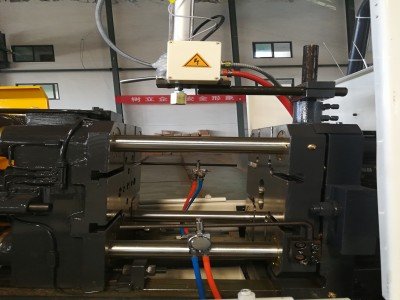
High-temperature core components that are in direct contact with molten plastic
These components need to withstand a continuous melt temperature of 200–320°C (depending on the type of plastic), and their temperature resistance design directly affects the quality of injection molding.
Nozzle Heater
Its main function is to maintain the fluidity of plastic material in the nozzle and prevent the material from solidifying and clogging due to temperature drop.
- Heat conduction system
- A nickel-chromium alloy heating wire (temperature resistance 1300℃) is used as the heat source core. And the outer layer is wrapped with a mica board insulation layer (temperature resistance 800℃), and efficient heat preservation is achieved through physical isolation.
- Protection structure characteristics:The fully enclosed copper shell (thermal conductivity 401W/m·K) achieves double protection
- Physically isolates the risk of molten plastic leakage
- Effectively resists material corrosion
- The surface temperature fluctuation is controll within the range of ±2℃ to ensure uniform thermal field.
- Operation parameter recommendations
- The working temperature is usually set within the range of ±10℃ of the barrel base temperature, and the specific value needs to be adjusted according to the actual processing material characteristics.

Hot runner system
- Composition: manifold, hot tip, Coil Heater and temperature controller.
- Temperature-resistant design:
- The manifold has a built-in cylindrical heater, which is embedde in H13 tool steel (heat resistant to 600℃) and controlled by a closed-loop thermocouple.
- The tip of the hot nozzle is coated with tungsten alloy (melting point 3422℃) to resist plastic erosion.
- Temperature accuracy: ±0.5℃ (PID algorithm control).
Barrel Heater Band
Type and temperature resistance:
| Type | Substrate | Maximum operating temperature | Features |
| Ceramic heating band | Al₂O₃ ceramic | 450℃ | Thermal efficiency >95%, life ≥20,000 hours |
| Mica heating band | Mica + stainless steel | 500℃ | Low cost, suitable for medium and low temperature scenarios |
| Cast aluminum heating band | Aluminum alloy | 350℃ | Fast heat dissipation, anti-chemical corrosion |
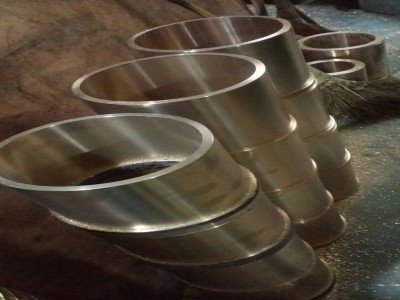
High-temperature auxiliary components for indirect heat transfer
Such components need to withstand 200–300℃ radiant heat and conductive heat to ensure system stability.
Mold Heating Plate
- Material: stainless steel (resistant to 650℃) or copper alloy (resistant to 500℃), surface load power ≤8 W/cm².
- Application: preheat the mold to 40–150℃ (such as PPS material requires 120–150℃), reduce the difference in melt cooling rate.
Thermocouple
- Type: K type (chrome aluminum, resistant to 1200℃), J type (iron copper, resistant to 750℃), embedded in the nozzle/mold for real-time temperature feedback.
- Accuracy: ±1℃ (with PID controller).
Thermal Insulation
- Spare insulation layer: High temperature resistant ceramic fiberboard (maximum tolerance 1260℃) is used to effectively reduce the heat transferred from the hot runner plate to the mold and avoid abnormal increase in mold temperature.
- Positioning ring: Glass fiber reinforced polyimide material (maximum tolerance 310℃) is use to isolate the heat of the injection molding machine template and ensure accurate and stable mold positioning.
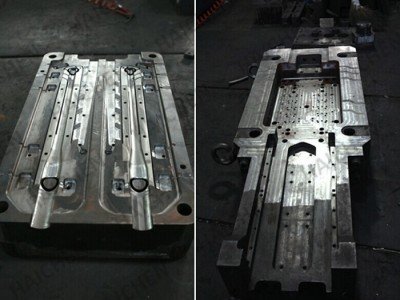
Scientific analysis of high temperature resistant materials
The temperature resistance of components depends on material selection and process design:
Metallic materials
- Heating wire: nickel-chromium alloy (80% Ni, 20% Cr, resistant to 1300℃) or iron-chromium-aluminum alloy (resistant to 1400℃), resistivity 1.1–1.5 Ω·mm²/m.
- Structural parts: SKD61 mold steel (HRC52, resistant to 600℃), resistant to thermal fatigue cracking.
Non-metallic materials
- Mica board: resistant to 800℃ and dielectric strength >15 kV/mm, ensuring high voltage insulation.
- Ceramics: Al₂O₃ (thermal conductivity 30 W/m·K) and SiC (resistant to 1600℃) are use in extreme environments.
Composite protection technology
- Multi-layer coating structure: nickel-chromium wire → mica insulation → stainless steel shell → ceramic coating (anti-oxygen diffusion).
- Cooling collaborative design: plate cooler embedded in the mold (cooling water temperature difference ≤3℃) to balance local overheating.
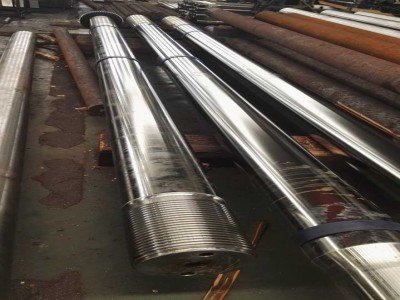
Advantages of Haichen die casting machine
The advantages of Haichen die-casting machines are reflected in three aspects:
- High temperature tolerance: The equipment adopts heat-resistant alloy castings and reinforced hydraulic systems, which can stably withstand molten metal temperatures exceeding 700°C during the casting process. The durability of key components is verified by finite element analysis, and it complies with JB/T8083-2000 and EU CE safety standards.
- Efficient cooling system: The mold temperature is adjust in real time through multi-channel cooling circuits and intelligent temperature control valves, and the working fluid temperature is controll below 55°C to avoid thermal deformation, shorten the cycle by 30%, and extend the mold life.
- Precision temperature control technology: Equipped with MITSUBISHI servo hydraulic system and closed-loop feedback control, it can achieve ±0.1% precision adjustment of four-stage injection pressure (slow-fast injection-pressurization), ensure stable metal liquid flow, and reduce pores and shrinkage defects.
These technologies work together to form metal in the best state, improve production efficiency, and increase the qualified rate of castings by more than 15%.
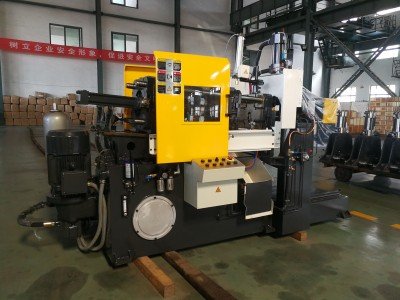
The performance of high-temperature resistant components in die-casting machines directly determines whether the entire casting process can operate stably.
Today, engineers optimize material selection and structural design to enable equipment to operate reliably even in extreme environments and continuously produce precision metal castings.



